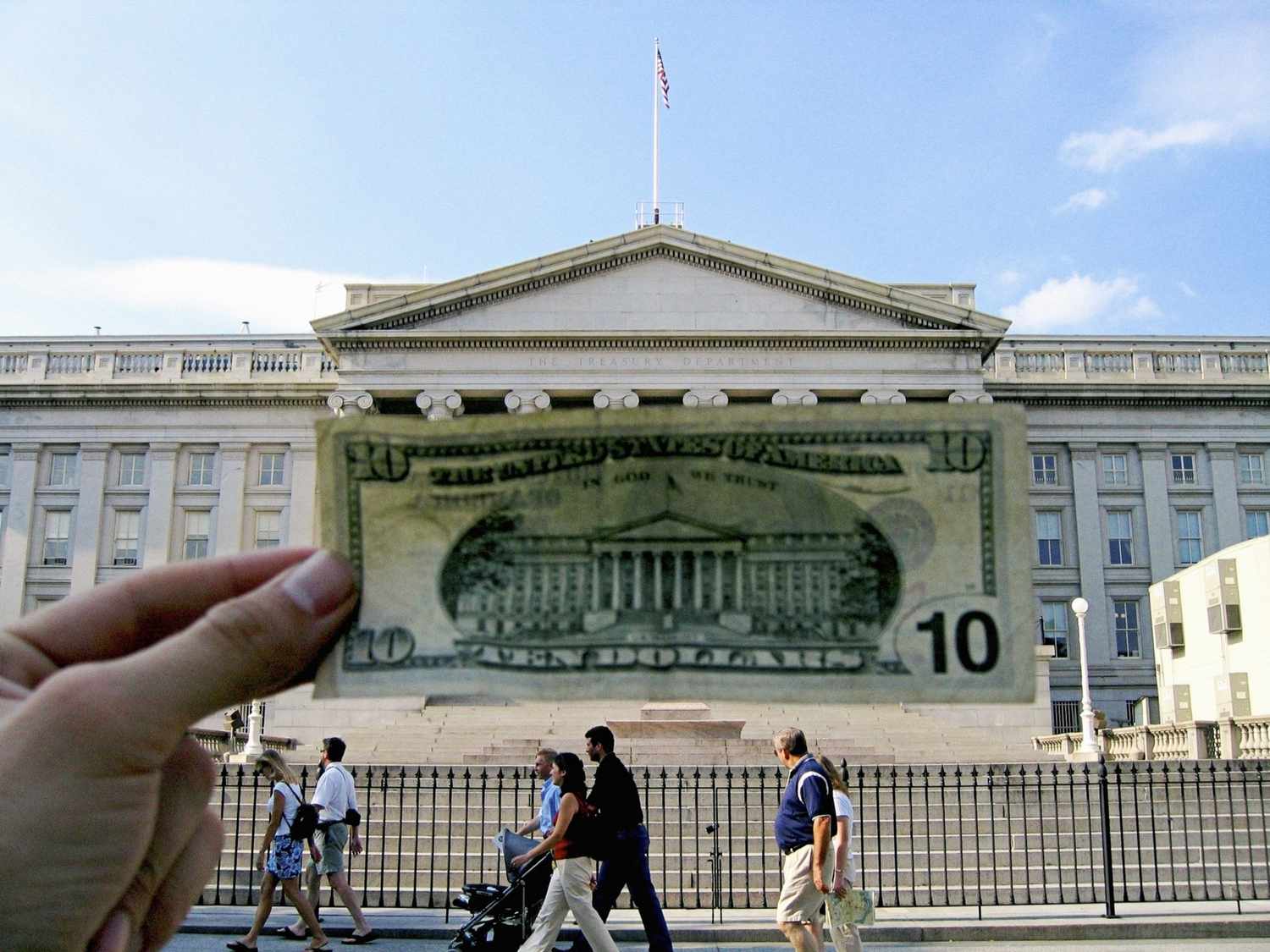Are the US treasury bonds the safest?
US treasury bonds are deemed by many to be the safest of safe assets. But this seems to be open to question at the moment.

As for the US dollar, its safe status is inextricably linked to that of treasuries.
>> Global investors may continue to be drawn to US assets
Things like the sharp rise in the term premium, debt downgrades, some poorly received auctions, liquidity issues and foreign central bank diversification have all raised question marks about treasuries and, quite possibly, played a part in holding down the US dollar’s advance against many currencies as a result.
If we look at the yen, for instance, it has long been regarded as a “safe currency”. But it has folded in recent years despite the risk aversion that has arisen from things like the pandemic and the wars in Ukraine and the Middle East. That’s because the yen’s alure in periods of acute strain is not due to some sort of “safe” demand but instead because investors quickly ditch yen-funded carry trades.
The fact that they have not appeared to do so in recent years probably owes much to the fact that rate spreads are simply so wide that investors can still take a bit of currency pain (from yen appreciation) and come out on top. If the yen has seemingly “lost” this alleged safe-asset status, could the same be happening to treasuries?
There have been liquidity strains for some time, with March particularly bad during the regional banking crisis. Just recently, it is notable that some measures of treasury market liquidity have suggested strains in the US market that are not necessarily evident in other major bond markets such as JGBs and bunds. Often, deteriorating liquidity might simply be a function of high volatility in bond prices; after all the two are usually linked. But again, liquidity strains right now seem far in excess of those suggested by the rise in volatility.
In short, it does seem as if there is something “wrong” with the treasury market and that could impinge on its alleged safe asset status. Another thing is that those investors who are usually most concerned about safety and liquidity – the central banks, are diversifying away from the US dollar quite notably. One asset they seem to have chosen to replace it is gold; another asset that’s commonly regarded as “safe”. We don’t necessarily see the same thing across foreign private investors but here, safety may be less of a concern while the large yield pick-up, particularly for Japanese investors could be adequately compensating for any apparent loss of safety.
Another issue to bear in mind are proposals to force a much larger proportion of treasury cash and repo treasury markets to be centrally cleared. While this will undoubtedly reduce settlement risk, this comes at a cost and it seems fair to say that the industry is not altogether sold on the idea that was proposed in September 2022, and could be rubber-stamped very soon. Yet another issue that seems more specific to treasuries than other bond markets right now is the Fed’s quantitative tightening and, specifically, whether the Fed could misjudge this by essentially going too far with its actions; something it has fallen foul of in the past.
>> Another angle on de-dollarisation
Mr. Steve Barrow, Head of Standard Bank G10 Strategy, said there would seem to be some reasons for concern here and we’ve not even discussed the issue of threats to the safe-asset status of treasuries when debt levels are projected to surge thanks to things like poor fiscal governance and rising interest costs.
But could any of this weigh on the US dollar as well? Is the US dollar a safe asset in its own right, or is this status totally beholden on the safe-asset status of treasuries? That’s hard to say, but Mr. Steve Barrow leans to the latter.
“The yen is talked about as a safe asset, but not the JGB market given that its almost wholly owned domestically and quite illiquid given hefty BoJ ownership. This would seem to suggest that a currency can have safe status independent of the bond market. However, as we also noted, safety is a misnomer when it comes to the yen; its attribute is its cheap funding cost. As for the US dollar, we believe that its safe status is inextricably linked to that of treasuries and, on that score, it could be in trouble”, said Mr. Steve Barrow.








